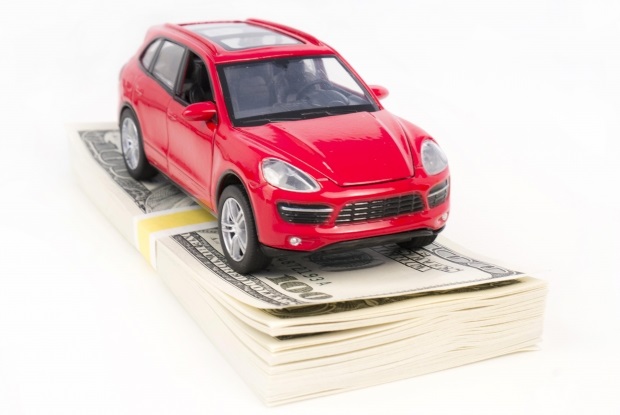The technical characteristics of fuel consumption, we can safely add 2-3 liters per hundred kilometers. This error is especially noticeable in small cars. When stated, for example, of 5.5 litres, the machine "eats" all ten of them. So be prepared for such surprises. By the way, the car on "mechanics" consume less than automatic transmission. It is also a powerful argument when buying a car.
The more weight, the more fuel it consumes. Do not carry excess things in the trunk, do not hang additional items on the body. Even extra insulation adds extra pounds to your car.
Idle working electrician can turn into a surprise for your wallet. Turn off the heated seats, do not use radio as a background, and use the air conditioning when first the sun.
Carefully choose tires for the car. It is not only a safety issue, is the question of savings. For every 1 cm radius, you add one liter of gasoline per 100 kilometers. Follow the tire pressure. If the pressure drops with the provisions of 2.0 kg/sq cm 1.5 kg/sq. cm, and will increase the fuel consumption.
Pay attention to your driving style. Aggressive driving, sudden acceleration and braking, when the tachometer needle jumps above 2.5 thousand revolutions, a direct path to empty Baku.
Plan your route so as not to stand in traffic jams. It is sometimes advantageous to cover a distance greater mileage, but cheaper on fuel expenses.
In cold season, keep your car in a warm garage where the temperature does not drop below zero. If the car is parked on the street, will equip its system startup. Then you will be able to start the engine even in the bitter cold on a predefined schedule. And just before the trip to spend a lot less time.
